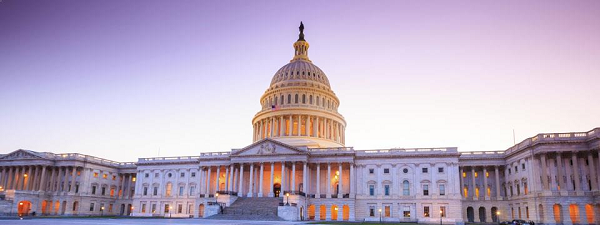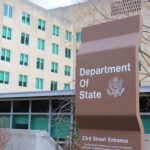Monday, June 11th was the last day US Citizenship and Immigration Service was accepting new H-1B cases subject to annual numerical caps. For the first time in years, the H-1B quotas of 65,000 for professional workers , and 20,000 for professional workers with U.S. advanced degrees, dried up in less than one fiscal quarter. This happened the same day that we learned that the Employment based 2nd category, for advanced degree holders and foreign nationals of extraordinary ability, would retrogress in July for nationals of all countries. The “EB-2” category had previously been available for all qualifying employment based immigrants except those born in India or the People’s Republic of China. India and China are big “feeder” countries providing us with highly skilled technology workers, engineers and scientific researchers and are badly backlogged due to our quota system’s per country limits for immigrant visas. But the July retrogression means that with respect to applicants from other countries, only those whose first application for employment-based permanent residence was filed before January 1, 2009 would be able to complete the permanent residence process and receive green cards. Others will be stuck in a backlog.
Ironically, the current U.S. employment-based immigration system was created under the Immigration Act of 1990 (also known as “Immact 90”), with the intention of fixing the existing backlogged employment based immigrant quota system. The old system, in effect since 1965 and as amended in 1980, had six preference categories for immigration to the U.S. These categories included four family-based categories and two employment based categories, the 3rd preference category for professionals and foreign nationals of exceptional ability in the arts or sciences and the 6th preference category for skilled and unskilled workers. The annual combined quota for family and employment immigration was 270,000 with the 3rd and 6th preference categories being allocated only 10 percent each of the worldwide quota. Immact 90 separated employment based immigration categories from the worldwide family based system and created an annual quota of 140,000 employment based visas.
Immact 90 also instituted, for the first time, a numerical cap for H-1B visas (known until that time as H-1 visas) which has been amended several times to its current status of 65,000 plus 20,000 for U.S. graduates of advanced degree programs. Universities and certain affiliated organizations and non-profit research organizations are exempt from the H-1B cap.
Back in 1990, there was little concern about the new numerical caps on either the H-1B visa or the employment based annual immigrant quota because the numbers appeared more than adequate at the time. But as the economy grew and the information technology revolution sped forward, the needs of our economy for highly skilled foreign workers has outpaced these old limitations. We ignore this at our peril as a nation.
We have all seen the reports that have been issued within the past few years, indicating that highly skilled foreign talent has been crucial to our competitive edge in technology, research and in the development of emerging businesses. According to studies done by the Kauffman Foundation, an unusually high number of founders of technology and engineering businesses in the U.S. are foreign born, and a very high percentage of those people came here originally to study. The regions in the U.S. that have the largest immigrant populations also tend to have the greatest number of technology start-ups.
And just last week, The Partnership for a New American Economy –– a group of more than 450 Republican, Democratic, and Independent mayors and business leaders who support immigration reforms that will help create jobs for Americans – released a new study that shows that that 76 percent of patents from America’s top 10 patent-generating universities in 2011 had a foreign-born inventor. The study makes crystal clear the kind of tangible contributions foreign-born graduates make to the U.S. economy. Almost all of the patents by these foreign-born inventors were in science, technology, engineering and math (STEM), an area where the U.S. is projected to face a shortfall of 230,000 qualified advanced-degree workers by 2018.
That data about how high skilled immigration only makes us better and stronger is plain and clear, and every day we see more of it. But our immigration system is years behind what the data is telling us about who we are and what we need as a country. The H-1B cap has turned out to be a barometer for our growing economy. Unfortunately, it is an instrument that turns the flow off just when it indicates that employers need more skilled workers. The uncertainty of an employment based system that can create backlogs of ten years or more encourages foreign talent educated in U.S. universities as well as abroad to choose to set down roots in other countries with friendlier immigration systems.
We have been a most fortunate nation, that for so long has been able to attract and draw on a diaspora of international talent to propel ourselves forward, technologically and economically. We cannot afford to take that for granted. We must do something about our caps and limits that will allow us to retain talent and continue to prosper.
Written by: Deborah Notkin and Eleanor Pelta






